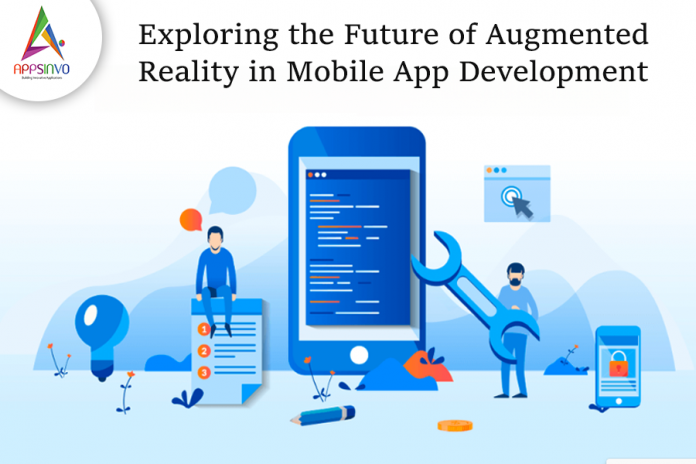Augmented Reality (AR) has emerged as a transformative technology that blurs the distinction between the physical and digital worlds. As mobile devices become more powerful and sophisticated, augmented reality is poised to transform how we interact with apps and information. Let’s go over the future of AR in mobile application development step by step.
Understanding augmented reality:
Augmented Reality improves the real world by superimposing digital content like images, videos, or 3D models over a user’s view of the physical environment. Unlike Virtual Reality (VR), which immerses users in a completely digital environment, Augmented Reality (AR) enhances their current surroundings.
Advanced Augmented Reality Frameworks and Tools:
Developers can now use a variety of advanced AR frameworks and tools to streamline the development process. Technologies such as ARKit (for iOS) and ARCore (for Android) offer powerful capabilities for creating immersive AR experiences, including motion tracking, environmental understanding, and light estimation.
Integration of Core Mobile Features:
AR is becoming more integrated with core mobile features like cameras, GPS, and sensors. This integration allows apps to provide contextualized AR experiences based on the user’s location, movement, and surroundings, opening up new possibilities for navigation, gaming, and education.
Enhanced user interaction:
The future of AR in mobile apps will focus on intuitive and natural user interaction. Gesture recognition, voice commands, and haptic feedback will all play important roles in allowing users to interact seamlessly with AR content, resulting in immersive and engaging experiences.
Industry Applications:
AR has enormous potential in a variety of industries, including retail, marketing, healthcare, and education. In the future, we can expect innovative AR applications that will transform how businesses interact with customers, healthcare professionals visualize medical data, and educators provide immersive learning experiences.
Social and Collaborative AR Experiences:
As AR becomes more popular, we can expect a rise in social and collaborative AR experiences. Users will be able to share and interact with AR content in real-time, enabling new modes of communication, collaboration, and entertainment.
Challenges and opportunities:
Despite its enormous potential, AR in mobile app development faces numerous challenges, including hardware limitations, privacy concerns, and user adoption. However, these challenges present possibilities for innovation and differentiation in a competitive landscape.
In conclusion, the future of Augmented Reality in mobile application development is extremely promising, with limitless opportunities to create immersive, interactive, and context-aware experiences. By leveraging advanced technologies, integrating with core mobile features, and addressing key challenges, developers can realize AR’s full potential to shape the future of mobile apps and improve how we interact with our surroundings.












